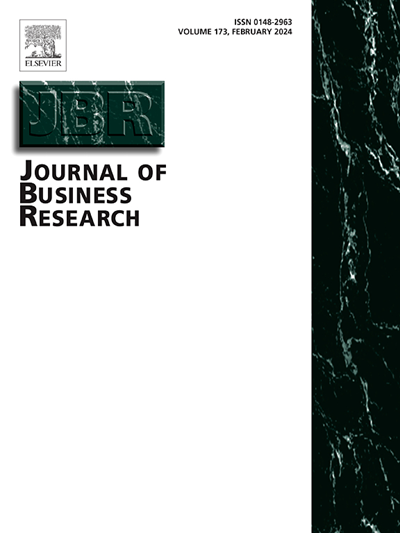重新思考高层管理团队人口结构断层与企业绩效的关系:高层管理人员时间稳定性和高层管理人员等级分化的作用
IF 9.8
1区 管理学
Q1 BUSINESS
引用次数: 0
摘要
断层线文献通常采用社会分类和信息细化的视角来考察高层管理团队(TMT)人口断层线与公司绩效之间的关系,但得出的结果不一致。本研究试图利用分类-细化模型(CEM)来分析在不同情景下哪种观点主导了这种关系,从而调和这些矛盾。本文以2009 - 2021年1718家中国上市公司为样本,考察了TMT时间稳定性(TMT共享经验和TMT成员变更)和TMT等级分化对断层线-绩效关系的独立和联合影响。研究结果表明,TMT共享经验通过增强信息精化来减弱这种负向关系,而TMT成员变化和TMT等级分化通过增强社会分类来增强这种负向关系。此外,TMT共享经验减弱了TMT等级分化的负向调节作用,而TMT成员变化则增强了其负向调节作用。讨论了更好地管理断层线和团队特征的理论和实践意义。本文章由计算机程序翻译,如有差异,请以英文原文为准。
Rethinking the top management team demographic faultlines–firm performance relationship: The roles of TMT temporal stability and TMT hierarchical differentiation
Faultline literature typically adopts social categorization and information elaboration perspectives to examine the relationship between top management team (TMT) demographic faultlines and firm performance, but yields inconsistent findings. This study intends to reconcile these contradictions by utilizing the categorization-elaboration model (CEM) to analyze which perspective dominates this relationship under different scenarios. Using a sample of 1718 Chinese-listed firms from 2009 to 2021, we examine the independent and joint effects of TMT temporal stability (TMT shared experience and TMT membership change) and TMT hierarchical differentiation on the faultlines–performance relationship. The findings indicate that TMT shared experience weakens this negative relationship by enhancing information elaboration, whereas TMT membership change and TMT hierarchical differentiation strengthen it by enhancing social categorization. Additionally, TMT shared experience weakens the negative moderating effect of TMT hierarchical differentiation, whereas TMT membership change strengthens it. Theoretical and practical implications are discussed for better managing faultlines and team characteristics.
求助全文
通过发布文献求助,成功后即可免费获取论文全文。
去求助
来源期刊

Journal of Business Research
BUSINESS-
CiteScore
20.30
自引率
10.60%
发文量
956
期刊介绍:
The Journal of Business Research aims to publish research that is rigorous, relevant, and potentially impactful. It examines a wide variety of business decision contexts, processes, and activities, developing insights that are meaningful for theory, practice, and/or society at large. The research is intended to generate meaningful debates in academia and practice, that are thought provoking and have the potential to make a difference to conceptual thinking and/or practice. The Journal is published for a broad range of stakeholders, including scholars, researchers, executives, and policy makers. It aids the application of its research to practical situations and theoretical findings to the reality of the business world as well as to society. The Journal is abstracted and indexed in several databases, including Social Sciences Citation Index, ANBAR, Current Contents, Management Contents, Management Literature in Brief, PsycINFO, Information Service, RePEc, Academic Journal Guide, ABI/Inform, INSPEC, etc.
 求助内容:
求助内容: 应助结果提醒方式:
应助结果提醒方式:


